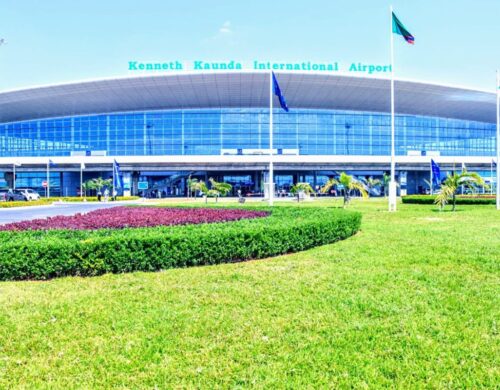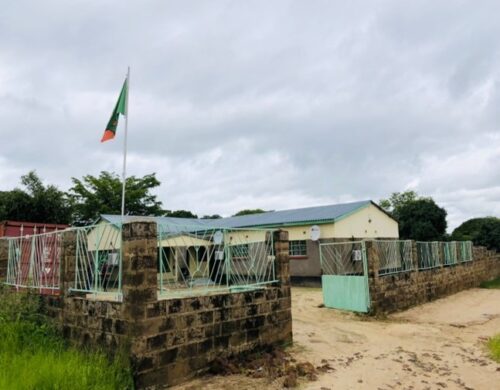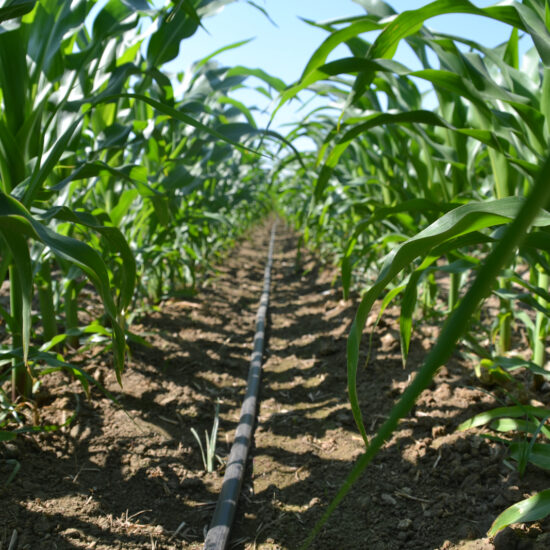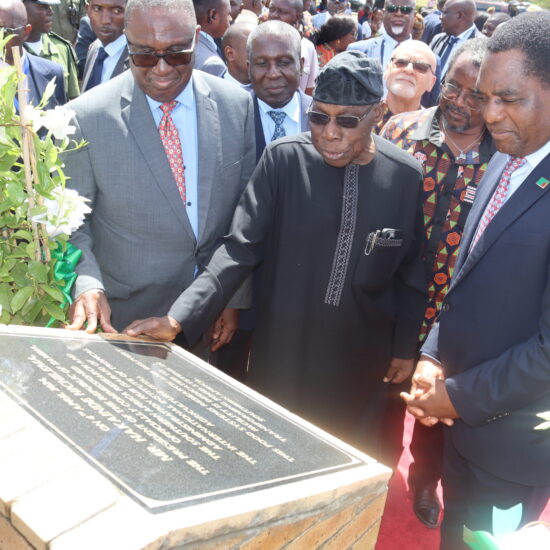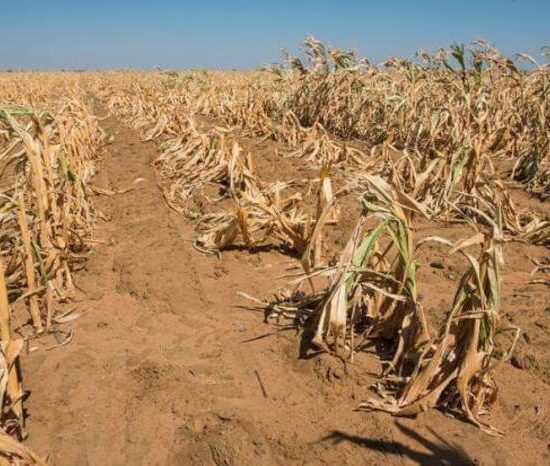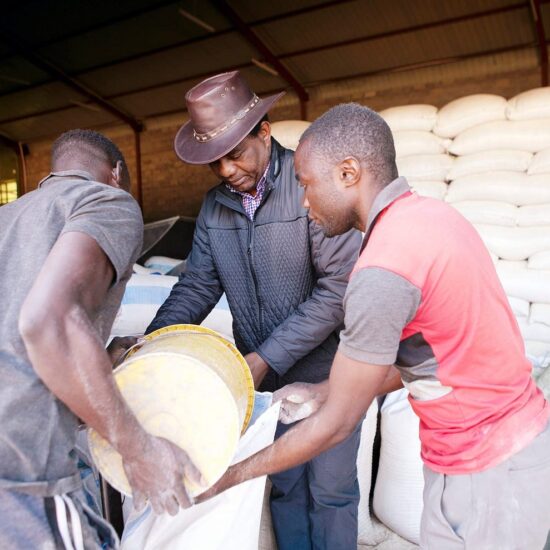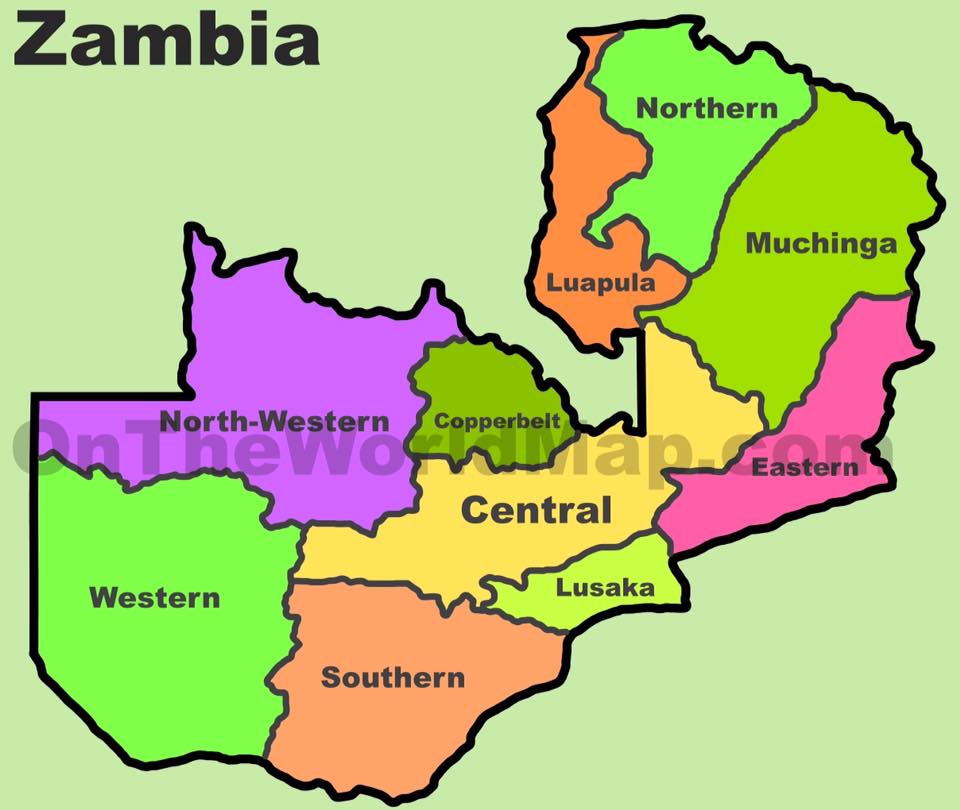
Zambia is considered a big country, especially when you look at the population in relation to the available land. If you also consider that the country is projected to have 17.9 million people by 2020, and a population growth rate of 2.9% and land of over 750,000 square kilometers.
But the country in terms of economic activity is just concentrated in about four regions. Today, we know that Lusaka province, because of its political capital status has attracted a huge population and government resources.
The province also has all foreign diplomats and other multilateral organizations offices and residences. This in itself gives the province an assured level economic activities. As a result, Lusaka has the higher regional population of about 3.1 million people, contributing about 26.9% of Zambia’s GDP by 2016.
The Copperbelt province is the countries mining and industrial hub, the home of the first copper mines to be opened in Zambia is even the highest GDP contributor with 29.3%. The red mental and emerald rich region has a population of about 2.5 million people.
For this region, what may be the missing link is some kind of regulatory support for the participation of local businesses in the mining value chain, there has been a talk of 20% subcontracting to local businesses but there is no obligation on the mining companies to give a specific share to locals. This can be sorted out by an SI and the local economy can get back to business.
Southern Province ranks third with GDP contribution of 11.1%. The region is home to most large scale commercial farms such as Nakambala sugar estates, major hydro power generation facilities at Kariba and Victoria falls which also is a major tourist attraction.
The region has population of 2.1 million people. Due to its heavy reliance on Agro and livestock activities, opening up of export opportunities for farmers to cash in oh higher margins as well as getting the minimum wage for farm labour can be some of the quick wins to shore up the incomes.
North Western province comes in as the fourth most economically active region. Since this region is equally endowed with rich copper deposits and boasts of new large scale mines such as Kalumbila, Kansanshi, Lumwana and others that are currently under exploration and development.
This region is poised to contribute well over 10% to GDP. By the CSO 2016 data, the region was already contributing 8.2% and by now, its expected that its over 10%. It has a low population of 902,000 people but the jobs that have been created is bound to push this number up to to job seeking migration.
This now leaves us with six (6) regions that need urgent development and core business activity set up. These regions in no particular order include Eastern, Luapula, Western, Muchinga, Northern and Central provinces. These regions are all under performing as they are contributing under 10% to the country’s GDP.
All these regions have provincial ministers, who are ideally expected to ensure they land large deals of foreign direct investments that can then spur these regions other side industries. As we stand today, they have some industries which are not significant. As a result, even the quality of infrastructure, housing, education and other social-economic amenities lag behind.
When you check the history books, you will see and appreciate that first republican President, Dr. Kaunda attempted to solve this economic inequity problem. He tried with banana plantations, cashew nut production, mass Cotton and groundnut industries, fish farming ventures etc.
Of course the results were not that successful or maybe it was the privatization that cut their lifespan short? We are sure there are more questions than answers. We have noted that there are genuine attempts to hold provincial investment expositions. These are welcome and should be targeted at these regions were economic pulse is almost non existent.
Of course the times are now different, the first attempt to have tangible economic activities in each region may not have been highly successful, but this time can prove to be the right time. Building a public university in each region was a good start, but the program seem to have been derailed.
We have a society we’re being born in certain regions offers more economic opportunities than in others, which need to be corrected to have a more equitable society. Though an ideal, it’s one that the country can continuously aspire for.
They say education is the greatest equalizer, so maybe, just maybe, build or distribute an equitable number of schools, colleges and universities and pro-rata the number of teachers allocated to each of the ten regions of Zambia based on population needs to even out the chances of economic success for every child.
